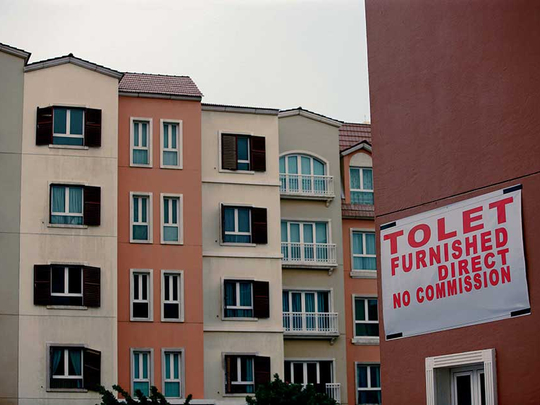
The theory of ‘maturity’ is helpful in trying to understand the changes and cycles in a real estate market, which often go hand in hand with a country’s economy and legislation.
Maturity is classified by the degree of change in, for example, the range of investor and developer opportunities, market transparency, flexibility of property interests, know-how of market stakeholders, regulation of market practices and property rights in a built environment. Over years, property markets develop and grow, in terms of features, practices and mechanisms.
Dubai has a relatively young real estate market. It is only since the last decade that freehold ownership was made available and all nationalities were permitted to buy property. However, already the market appears to be transitioning into a second phase of its evolution, offering a number of advantages to all stakeholders.
Dubai’s property arena is quite unique in its composition. It is a market where almost 90 per cent of the population are expats, unemployment is near zero, and is a tax-free haven located just a few hours flight time between Asia, Africa and Europe.
Dubai’s unique real estate market has evolved over the past 15 years, going through major milestones since 2002 when the freehold decree was issued, followed by exponential growth four years later as the foreign ownership law for property was passed. This was followed by the global financial crisis and its resultant impact on the region’s real estate market in 2008 — causing many properties to lose more than half of their value.
The last few years has seen the market go through gradual and steady recovery, signalling a completion of Dubai’s first full property cycle.
In 2007 the number of project launches rocketed, promising to add more than 70,000 new units a year. End-users competed with investors as many speculators looked to flip their down payment investments for quick gains, after which property prices increased by almost 80 per cent.
With the still young real estate market in high growth mode, the authorities issued a number of important rulings such as the escrow account law. Also, the Real Estate Regulatory Agency (RERA) was set up to monitor, control and register all transactions in the emirate.
In 2010, the Strata Law was introduced, giving property owners the right to jointly manage their buildings or communities, as well as obliging developers to be more transparent. The Dubai Land Department published daily transactions on their website, thereby allowing extraction of price data for comparisons to previous years and other locations.
RERA announced Ejari, a digital system where all lease contracts for Dubai properties are recorded, safeguarding the legal rights of tenants and landlords and providing a more accurate rental index.
With the market in strong recovery in 2013, with the added exuberance following the Expo 2020 win, further controls were put in place to protect from overheating. The mortgage cap law introduced a maximum loan-to-value (LTV) ratio of 75 per cent and DLD registration fees were doubled to 4 per cent.
Over the last two years, the real estate market appears to have gone through a mini-cycle, from a peak in 2014 to a self-correction later in the year with prices stabilising since last summer.
It is relatively more stable and therefore more predictable in the short or medium term. Visibility of past performance offers investors some insight on market dynamics and a help in trying to gauge future trends. Most commentators feel that this stability offers both buyers and sellers the benefit of a calmer property market where decisions can be made in a much less rushed fashion than before.
As the market progresses in its maturity, developers earn reputations based on their track record of delivery and how their stock has stood the test of time. It gives today’s buyers the benefit of seeing a developer’s previous work.
Purchasers buy with increased confidence, and pay a premium, from names that they trust. Consumers have increased choice by way of location, design, specification and payment plans. Developers are more experienced to deal with any unexpected changes in the market.
Transparency also increases in a maturing market, based on the ease with which property can be sought, bought and valued, which also means less risk for any potential buyers.
Some relatively new neighbourhoods are already developing their own identity and enjoying the delivery of increased services and infrastructure. This provides potential purchasers with the valuable advantage of having everything in place and knowing what an area is like before they buy.
All stakeholders can now enjoy the benefits of being more aware and responsible in their decision-making. Laws have been passed to ensure safer transactions, increased clarity and improved protection to all involved.
While this next phase may not offer the types of spectacular financial gains enjoyed by some of the early pioneers, it certainly offers the advantage of maturity.
— The writer is Director & Group Head — Real Estate, ValuStrat.











